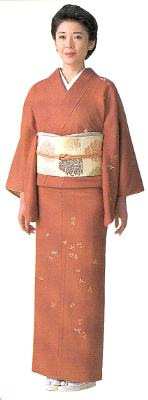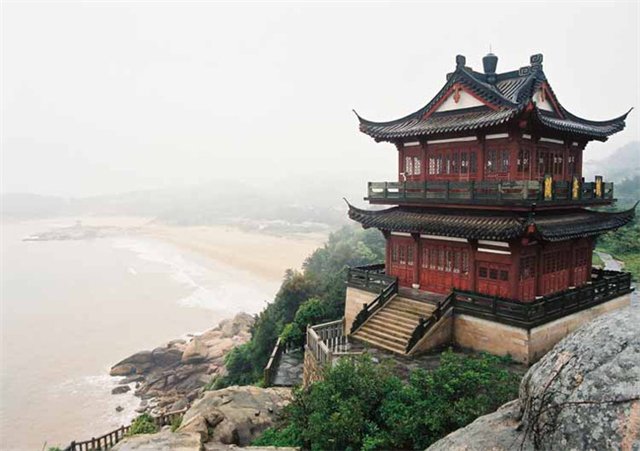Just a few years ago, in this predominantly Hindu island of almost all of these figures depict Hindu gods, among whom the god Ganesh has an elephant head and the god Vishnu, seated on a horse with wings. "Chinese tourists - is the future of Bali, so we adapted to them many things to satisfy their tastes. The problem is that they do include full service, they have their own guides, they stay in their hotels and eat in separate restaurants, "- says Adi Vyayya, a local tourist guide.
Despite the global economic crisis, the number of Chinese tourists overseas has risen in the past year by 5.2% to 42.2 million people in 2000 was less than 7 million, while their spending increased in comparison with 2008 by 16% to $ 42mlrd .
More than two-thirds of Chinese tourists visiting Hong Kong or Macau, the two separate territories controlled by China. But now a group of Chinese tourists armed with cameras and ready to spend a lot of money when you travel, you can see around the world. The appearance of Japanese tourists on the global tourism market in the 80's of last century is nothing compared with the current stream of Chinese.
Analysts say that the emergence of Chinese tourists from almost anywhere - this is significant, a watershed event for the global tourist market. Until 2003, the only place outside Asia-Pacific area, where the Chinese government permitted to leave their visitors, were Turkey and Egypt. Since then Beijing has approved nearly 100 countries as places where the Chinese can go to rest. In June 2008, came permission to travel to the U.S., but only to those Chinese who live in the largest and most affluent areas.
Last year, at a recent French government study of the Chinese were the largest group of tourists in comparison with other countries, spending the most money shops. This is despite the fact that in 2008 about the number of Chinese tourists in France fell by 17%. French tour operators say that they are developing additional shop tours for Chinese tourists. Galeries Lafayette and Printemps, the most famous shopping malls in the heart of Paris, made a special label and introduced special services for Chinese customers.
The Italian government is developing a costly program to attract wealthy Chinese, thus attempting to halt a growing flow of
Chinese coming to the country on a tourist visa and then illegally to stay there.
In the U.S., some hotels, including
Marriott International, introduced in the
Chinese restaurant menu for breakfast and to employ personnel of various ranks who speaks Chinese. "The
Chinese tourists have a great desire to travel abroad az, besides a very noticeable increase in their welfare. We in turn try to understand what can bring them to our resorts located throughout the world, "- said Mr. Marriott.
Results of research conducted by host countries, show that the Chinese like most do shopping and the vast majority of them prefer to travel in a group. The bulk of Chinese tourists do not care about the conditions in which they stop, as they prefer to save money on hotels, to spend more in stores. "This is part of culture, when I go abroad I have to bring gifts to parents and friends. There is another explanation: the expensive things, such as bags of firm «Hermès» can not be bought in China, "- said the young Chinese tourists, which often goes shopping in the U.S. and Europe.
This recently formed in the tourist area made the tour operator precedence expensive TourService «DmAfrica» close its sales office in Shanghai that sold safari tours in Africa. "We came to this decision, because the Chinese tourists who want to buy expensive foreign trips there. The Chinese want to spend money on things, but not at hotels, "- said Paul Humphreys, executive director of the company.
He said that the tour operators in China are tied to commissions from shopping, Chinese tourists and tours often sell discount, receiving and then profit from the commission of the retail price. This in turn increases the interest in shopping.
"Today the system is based on commissions received from purchases made by tourists. We have a rather strange situation where the majority of foreign tour operators are losing money or going bankrupt because of the small commission from the purchases of tourists. So on the day on five hits stores account for only one sightseeing. When started traveling the Japanese and Koreans, they too rode groups and focus on shopping. Now, finally, the tourists will go to Paris with a cultural program, visit the Louvre or participate in a master class on chocolate making, instead of running headlong for the purchase of bags in the shopping center "
Louis Vuitton", "- said Guy Rubin, a partner of Imperial Tours in
Beijing.



















































